The history of ice storage is a fascinating one, and until recently generally unknown.
In the early 17th century British aristocrats began to build ice houses on their estates. They would ‘harvest’ ice from their own lakes and ponds and store it in underground vaults. This meant they could use it to preserve foods in the summer months, prepare iced drinks and ice cream, and cool their rooms.
Later on entrepreneurs and commercial outlets who required ice in large quantities would turn to Norway for their supplies.


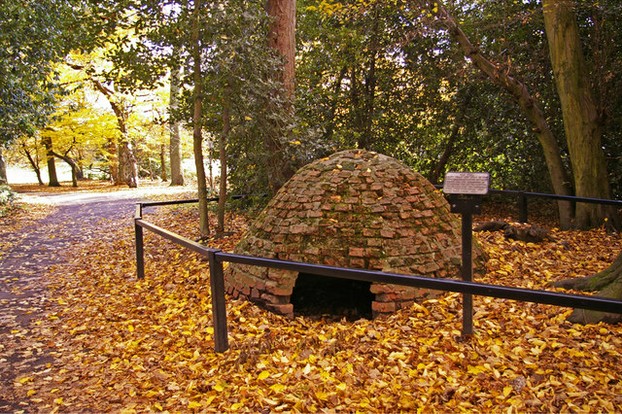
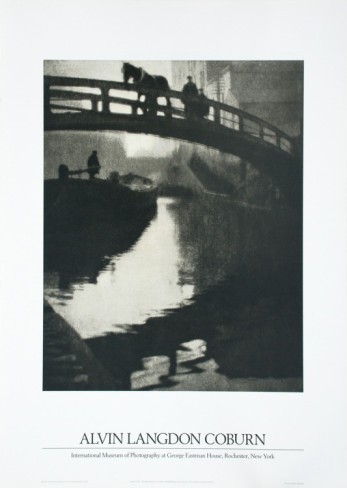
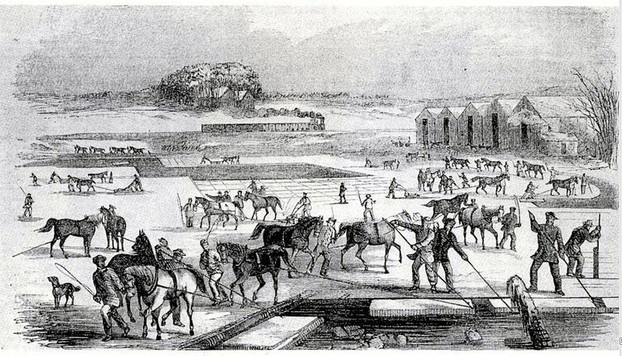

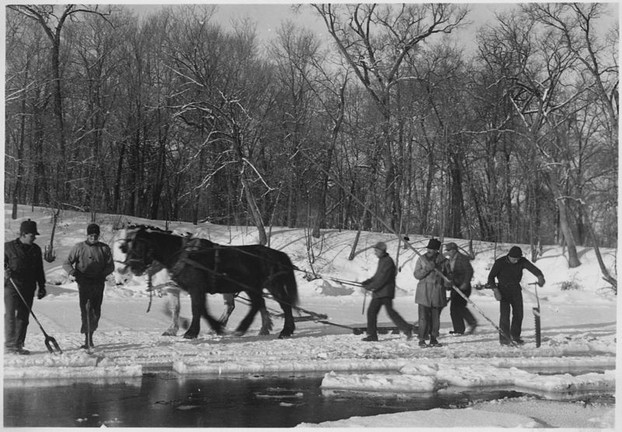
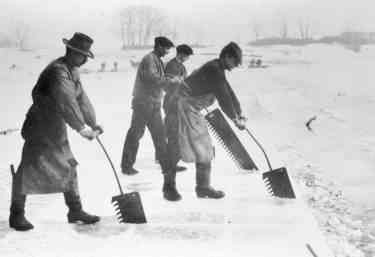
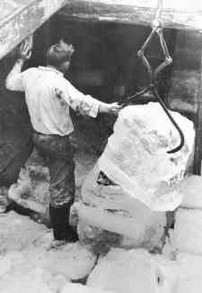
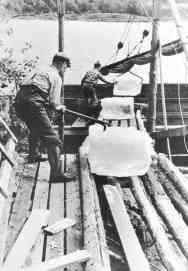
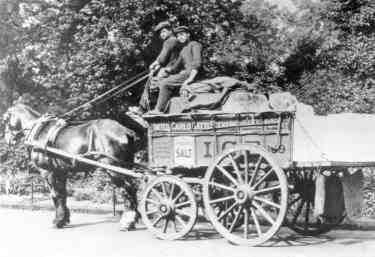






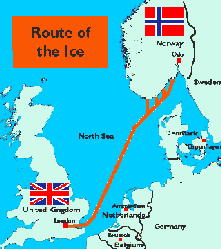

 How to Choose a Walking Cane or Stickon 08/01/2014
How to Choose a Walking Cane or Stickon 08/01/2014
 Michael Miller Fabulous Fabric Swatches for Quilting, Crafts etcon 07/02/2014
Michael Miller Fabulous Fabric Swatches for Quilting, Crafts etcon 07/02/2014
 The Drama of Life in the Rock Poolon 06/08/2014
The Drama of Life in the Rock Poolon 06/08/2014
 The Flâneur - Symbol of Modernity in 19th Century Parison 05/09/2014
The Flâneur - Symbol of Modernity in 19th Century Parison 05/09/2014



Comments